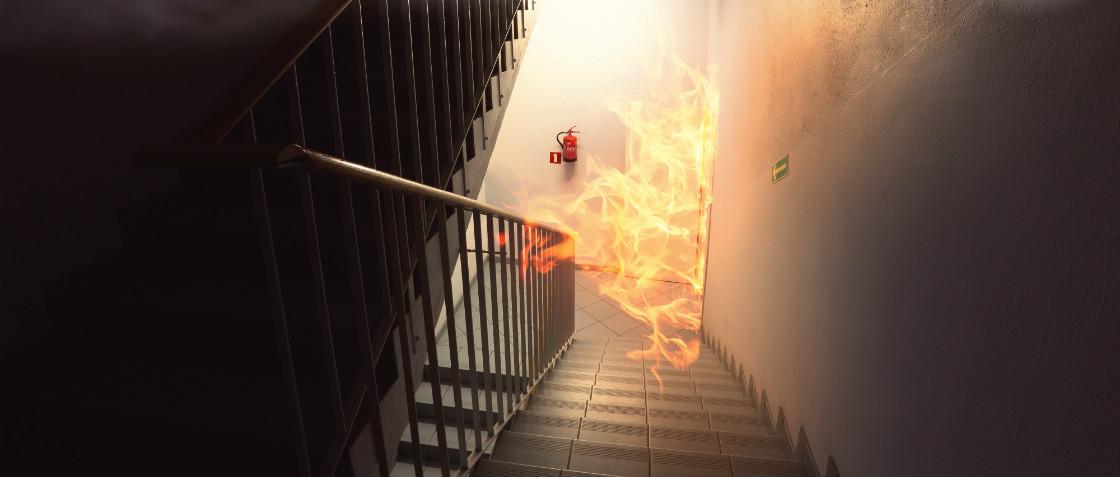
In 2017, Europe witnessed one of the most tragic fires in London's history, the fire in Grenfell Tower. Such catastrophic fires are tragic and the authorities aim to avoid them by working closely with contractors and builders.
Fire spread and fire course - two important reasons for fire development
The spread of fire most often takes place as heat conduction via building components (eg fire-retardant firewalls). It can also occur as a flying fire (as happened in Lærdal in Jan. 2014), via heat radiation or by the fire spreading via ventilation ducts to other rooms in the building. Norwegian authorities set strict regulations and requirements for ensuring fire safety in buildings.
Strict norwegian regulations and requirements
The authorities, such as the Directorate for Civil Protection and Emergency Planning (DSB), must have an overview and not least work to prevent accidents, crises, etc. The Directorate for Building Quality (DiBK) ensures that requirements and regulations are met. One such regulation in the construction industry is TEK 17 (formerly TEK 10). § 11-1 paragraph 1 "Fire safety" describes the requirements. In TEK, the authorities have set minimum requirements for fire safety in buildings, however, the requirements do not specify how buildings or building parts are to be designed and executed. Norwegian authorities set very strict requirements for the use of flammable building insulation.
Correct design and correct installation
Today, Grenfell Towers is in the history books as the worst fire disaster, because it could have been avoided. Not only was it later found out that the building had many faults and defects, facade panels that were not fireproof were also used, according to the news agency Reuters.
In Norway, the Grenfell disaster became a frequent topic in the media, where Norwegian professionals have spoken out. - An escape route must ensure escape in the event of a fire for a certain period of time. See also § 11-11 «General requirements for escape and rescue», paragraph 1 in TEK 10 (17).
